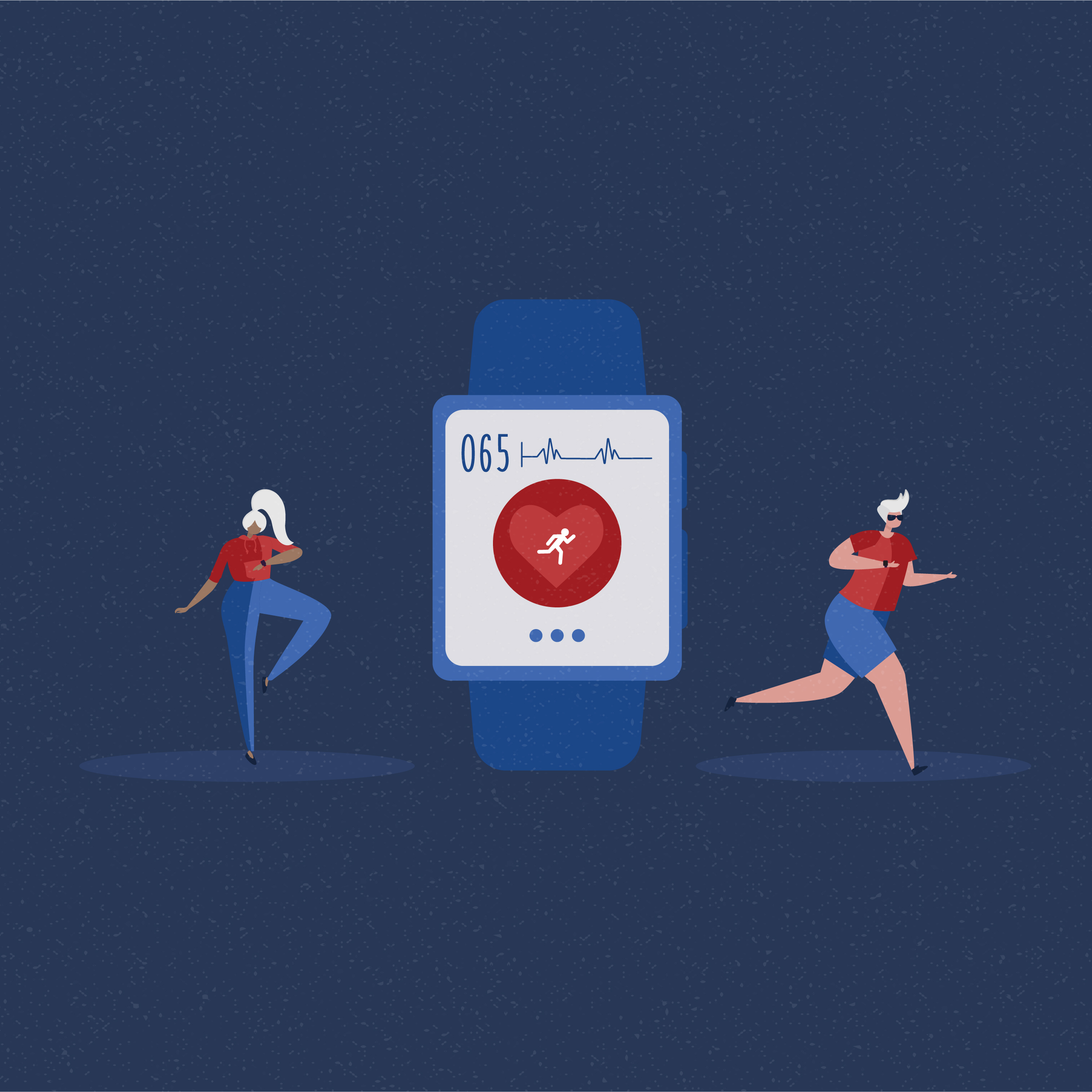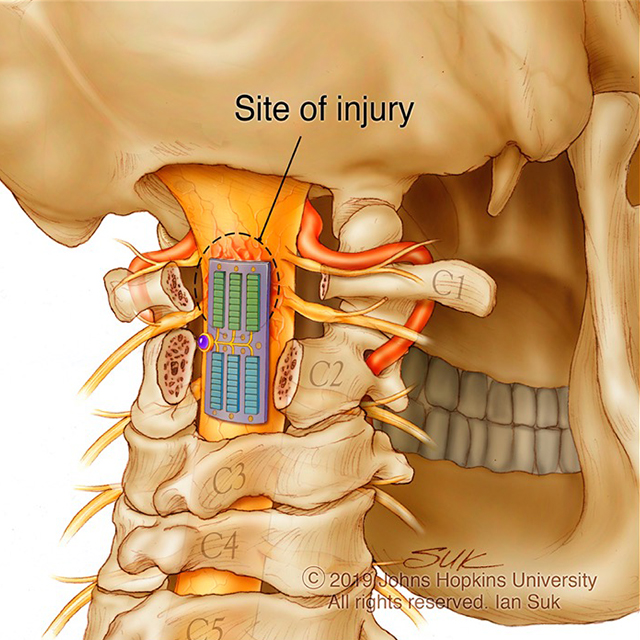Clinicians at the Johns Hopkins University School of Medicine and engineers at the Whiting School of Engineering conducted a study in which they placed wearable accelerometers on the ankles, elbows and wrists of patients with severe brain injury (SBI) who were admitted to the Johns Hopkins Hospital neurosciences critical care unit. The devices recorded motor signals that were found to be correlated with levels of patient consciousness — and that might help doctors predict patients’ recovery trajectory. The results recently appeared in Nature Scientific Reports.
"The neurological condition of severely brain-injured patients is primarily expressed through different types of movement or, to be more precise, different motor responses,” says Robert Stevens, associate professor of anesthesiology and critical care medicine, neurology and radiology at the school of medicine. He is also the project’s principal investigator. “Our results suggest that continuously analyzing data from these motion-detector devices could inform clinicians in real time about their patients’ condition and be indicative of short-term outcomes.”
When patients moved, sensor signals were analyzed by artificial intelligence to predict the probability of a patient being capable of purposeful movement, such as following a basic command, and the probability of a patient recovering with moderate disability or better at the time of discharge from the hospital.
Next, the researchers plan to develop a new wearable sensor that will measure biological signals such as muscle activation, heart rate and respiration rate, in addition to detecting movement.
“The inclusion and integration of these data streams will allow for more accurate tracking of neurological development in patients who have experienced SBI,” says John Rattray, a Ph.D. candidate in the Department of Electrical and Computer Engineering.
Read the full story: “Wearable Motion Sensors Help Predict Outcomes for Patients with Severe Brain Injury.”


